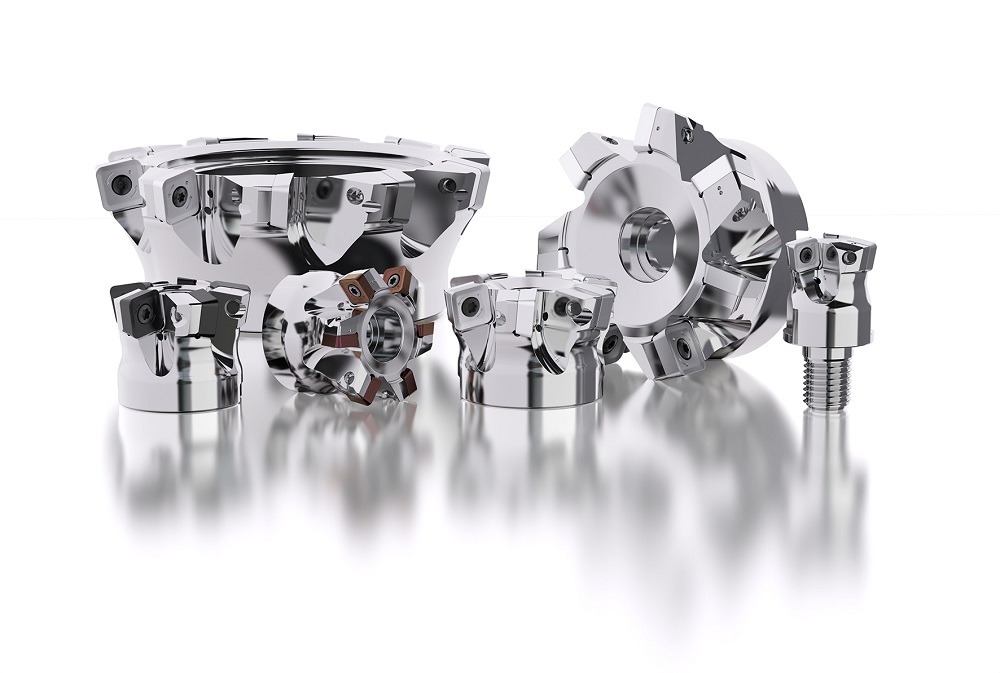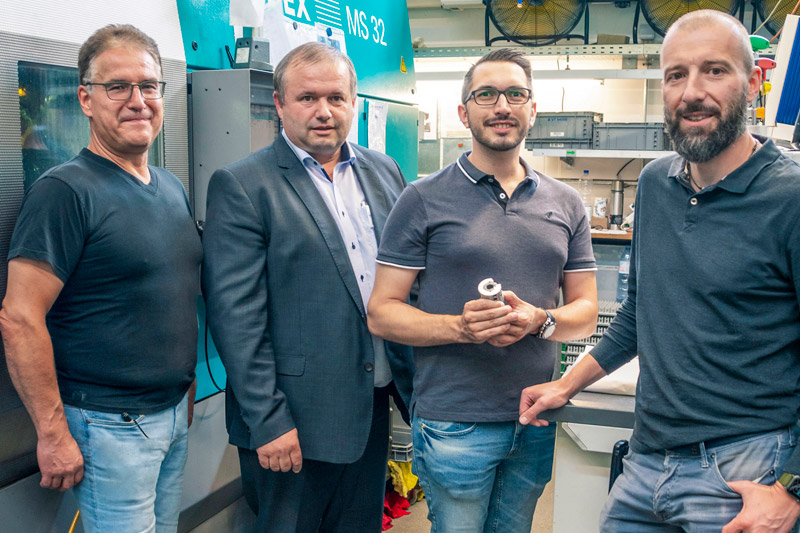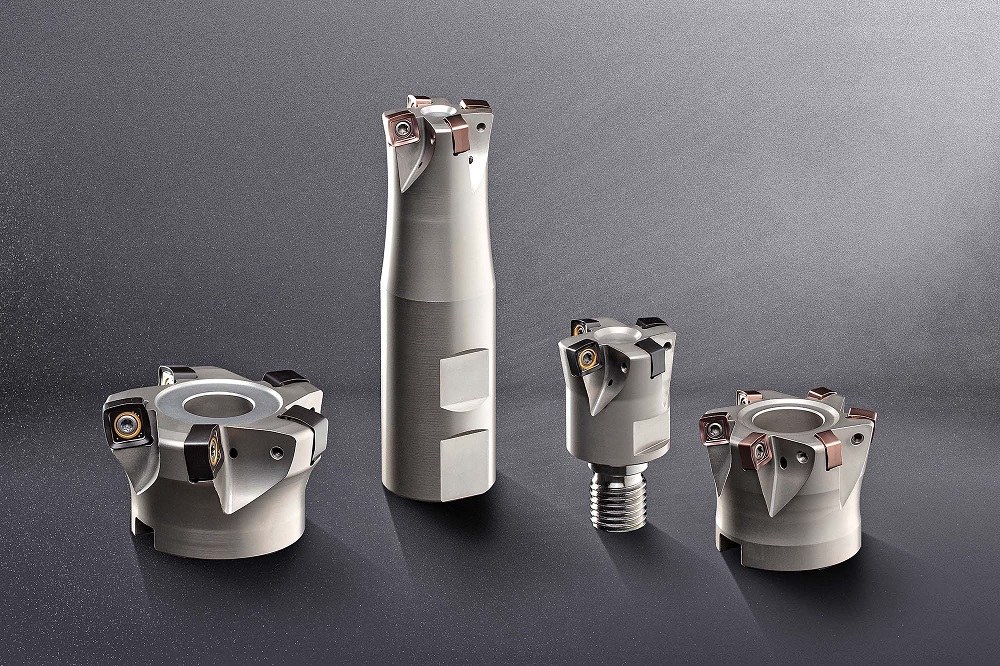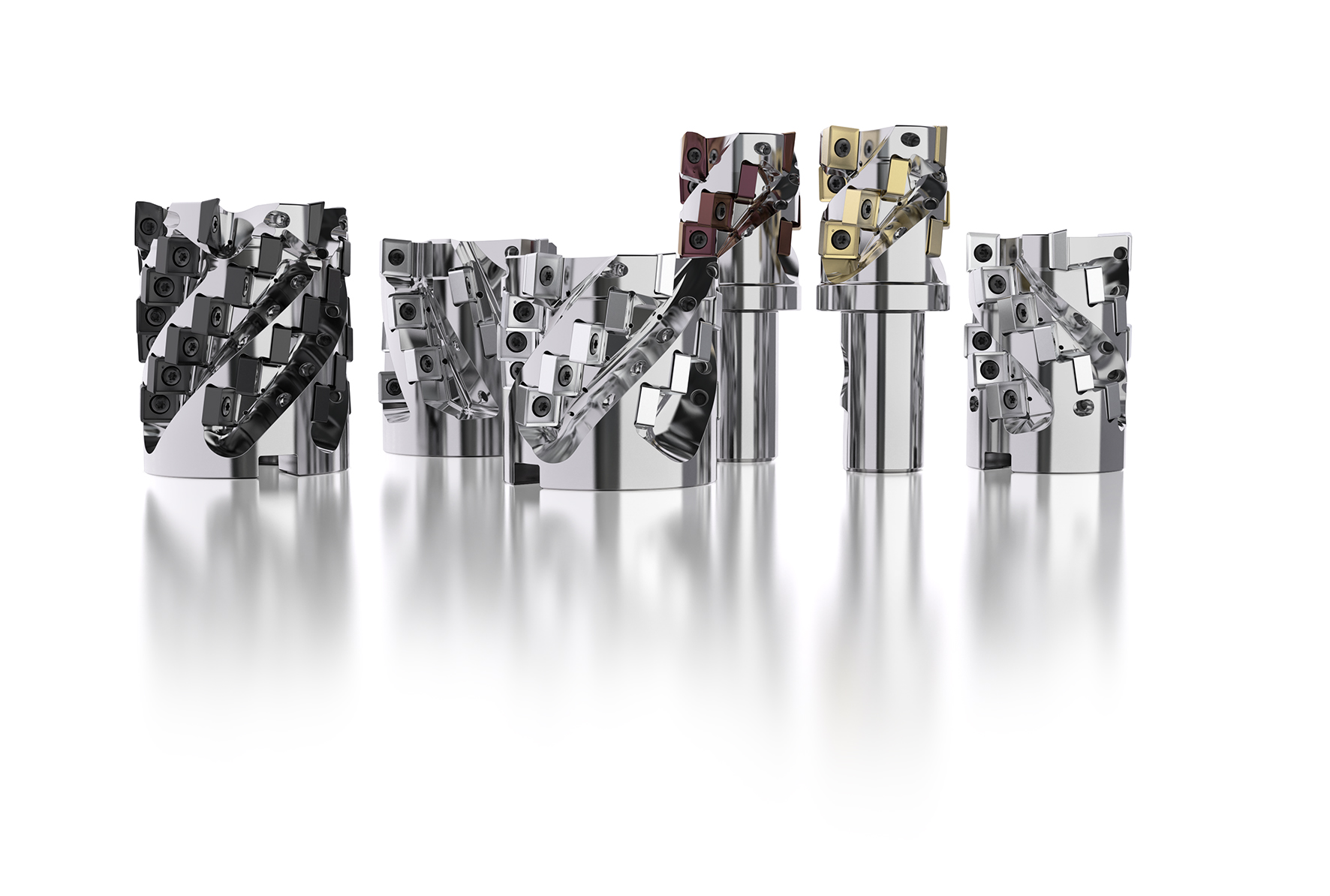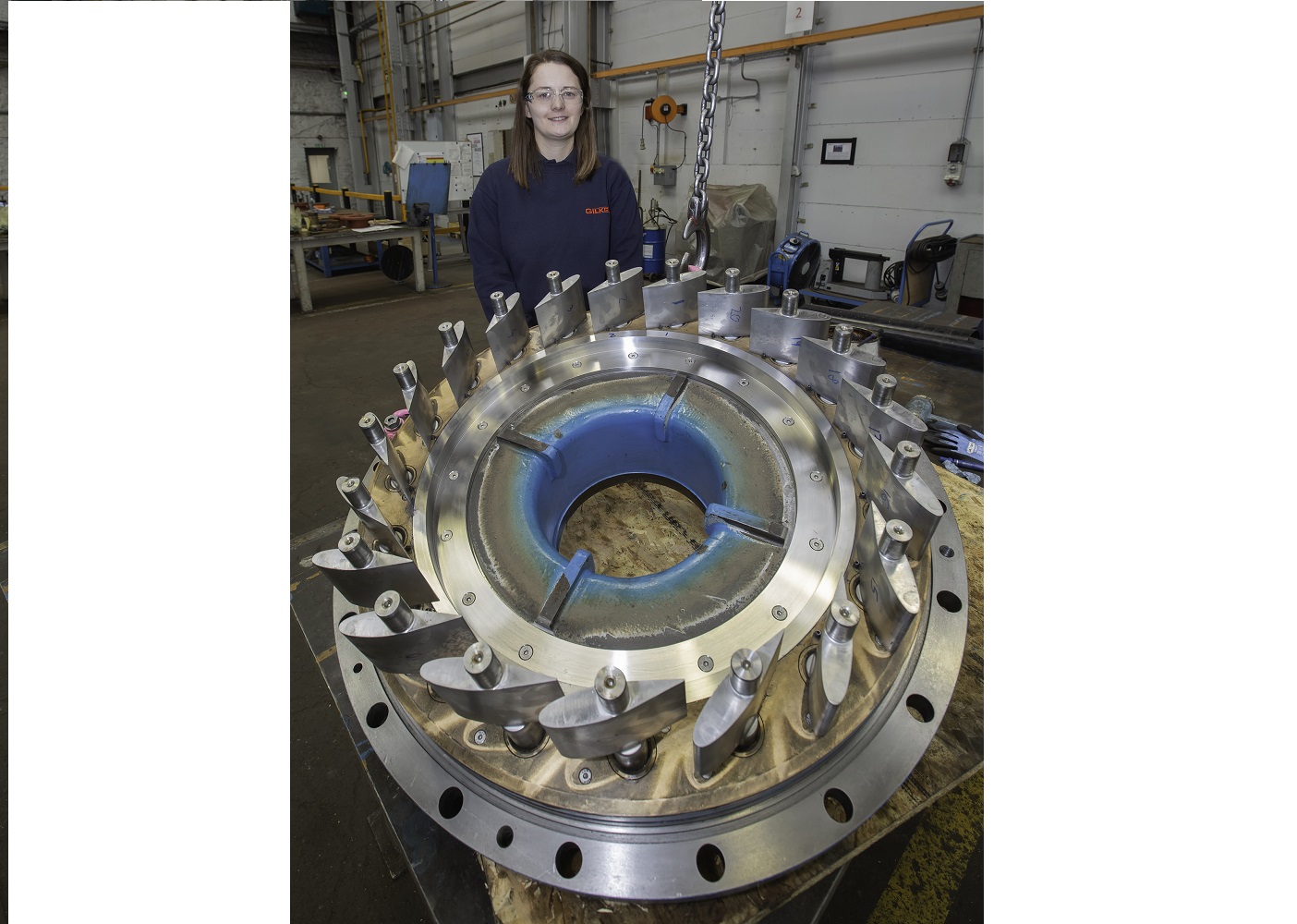Milling challenging materials like tough steels, stainless steels, superalloys and titanium causes built-up or notched edges and broken inserts that increase tooling costs and cause unexpected downtime. To overcome these challenging ISO P, M and S materials, the next-generation Seco High Feed SP milling system features a combination of dedicated cutting geometries and insert grades, as well as optimised lead angles that combine to boost material removal rates, maximise chip evacuation and extend tool life.
According to Seco, one High Feed SP tool can handle a complete range of high-feed milling operations and materials. The tool optimises such operations as copy milling, ramping, pocketing, face milling and plunging to further reduce tooling inventories.
“Premature tool wear increases job costs and leads to unexpected machine downtime that lengthens production time,” says Benoît Patriarca, global product manager -high feed milling at Seco Tools. “The combination of dedicated cutting geometries and grades with optimised lead angles of the High Feed SP system allows for faster machining to shorten job turnaround times, while also providing a superior price-to-performance ratio.”
Designed for ease of use, High Feed SP milling tools provide simple fool-proof insert indexing that prevents operator mistakes, unexpected machine downtime and scrapped parts. Plus, users can quickly access product information through the Seco data matrix code scanning.
Seco offers a comprehensive range of High Feed SP tool sizes. The series includes:SP10 – two geometries, 10 grades, 32 to 63mm diameter; SP14 – two geometries, 10 grades, 50 to 100mm diameter; and SP18 – two geometries, 10 grades, 63 to 160mm diameter.
For further information www.secotools.com/milling






